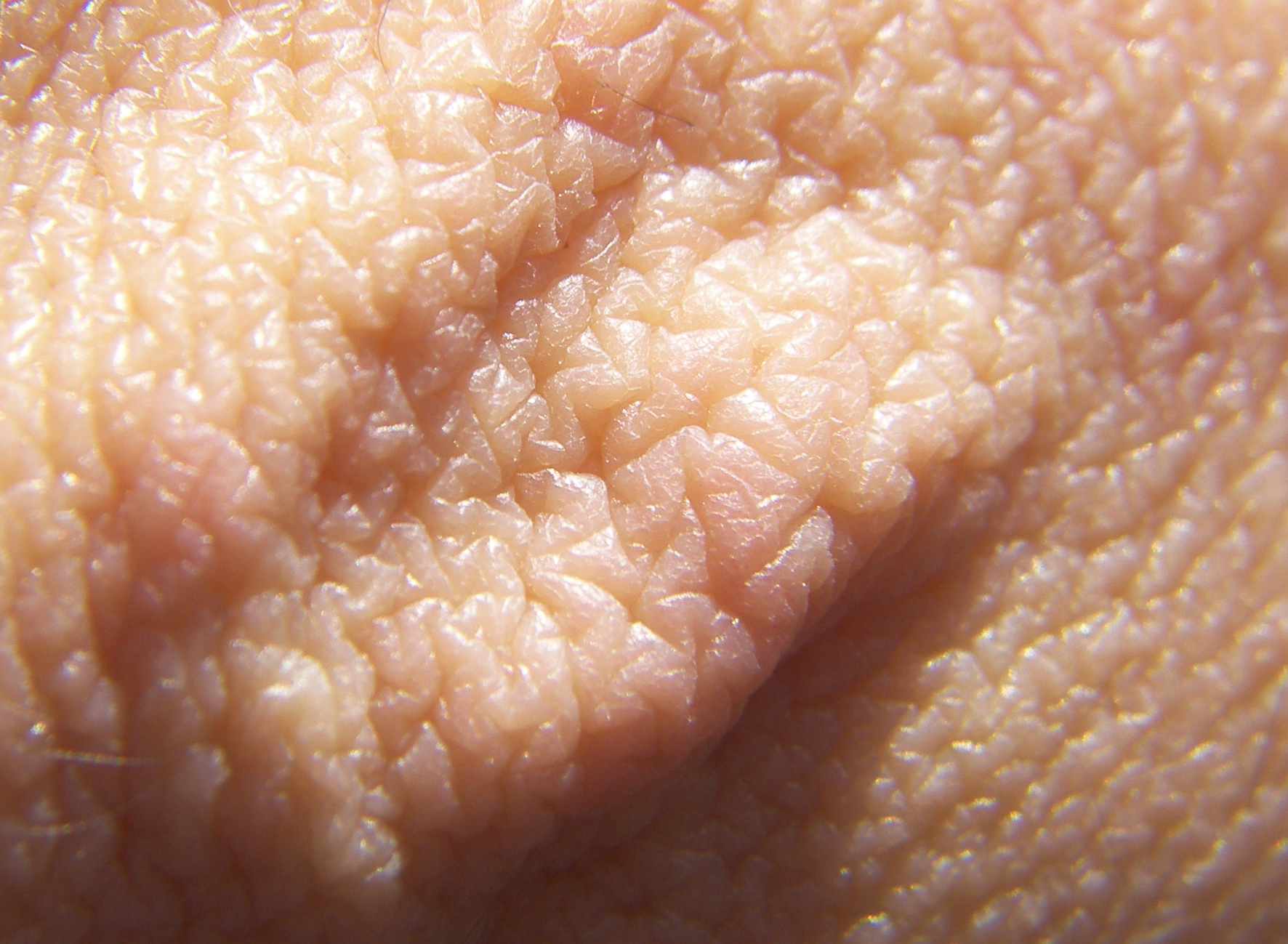THURSDAY, May 10 (HealthDay News) — Despite warnings about the dangers of excess sun exposure, young adults in the United States still get sunburned or use indoor tanning beds, federal health officials said Thursday.
Both activities increase the risk for skin cancer — the most common cancer among Americans — including potentially fatal melanoma.
“People need to realize that exposure to ultraviolet light, whether it’s from the sun or tanning beds, is dangerous, particularly when you are young, and they need to limit their exposure,” said Dr. Marcus Plescia, director of the U.S. Centers for Disease Control and Prevention’s division of cancer prevention and control.
“We are concerned that tanning is becoming more prevalent and we are concerned that this is going to become a real epidemic if we are not careful. The problem is you don’t see the cancers crop up until 10 to 15 years later,” he said.
To protect this generation from widespread melanoma, the CDC said public health efforts are needed to increase shade and sunscreen use in recreational areas.
The findings appear in two reports published in the May 11 issue of the CDC’s Morbidity and Mortality Weekly Report.
In one study, the CDC researchers found that 50 percent of people 18 to 29 years old had at least one sunburn in the past year, despite an increase in sunscreen use and other protective actions, such as sitting in the shade and wearing protective clothing. Among whites, 66 percent had been sunburned.
In the other report, researchers found indoor tanning common among young adults, with the highest rate among white women between 18 and 25. Many reported tanning nearly 28 times on average in the past year, according to the report.
About 6 percent of U.S. adults reported indoor tanning at least once the previous year. Among the white indoor tanners, 58 percent of women and 40 percent of men had used tanning beds 10 or more times in the past year, the researchers found.
“People need to understand that there is a risk to using tanning beds,” Plescia said.
Indoor tanning before age 35 increases the risk of melanoma by 75 percent, the report noted. The fact that melanoma rates are higher among young white women than young white men might be explained by their more frequent use of indoor tanning, the authors suggested.
Plescia said that about 30 states restrict the use of tanning beds by young people, but these regulations vary.
“Only two states, California and Vermont, ban indoor tanning for anyone under 18,” he said.
The U.S. Food and Drug Administration is considering requiring labels on tanning beds to inform users about the risk of skin cancer, he said. But he doesn’t believe banning indoor tanning is realistic.
Dr. Daniel Siegel, president of the American Academy of Dermatology, said the numbers weren’t unexpected. “I am not surprised we are seeing lots of people tanning. It’s just like smoking and other risky habits; you’re young and you think you are immortal,” he said.
“This is one more bad habit people need to change,” Siegel explained. “You need to protect yourself from the carcinogenic ultraviolet light you get from the sun and tanning beds.”
Melanoma is increasing at an alarming rate, Siegel added. “If you look at the lifetime risk, it’s close to 1 in 50; it was 1 in 1,000 forty years ago,” he said.
To reduce the risk of skin cancer, the CDC recommends:
- Stay in the shade, especially from 10 a.m. to 2 p.m.
- Wear clothing to protect exposed skin.
- Wear a wide-brimmed hat to shade the face, head, ears and neck.
- Wear wraparound sunglasses that block most ultraviolet A and ultraviolet B rays.
- Use sunscreen with sun protective factor 15 or higher that blocks both ultraviolet A and ultraviolet B rays.
- Don’t use indoor tanning.
More information
For more information on skin cancer, visit the Skin Cancer Foundation.

